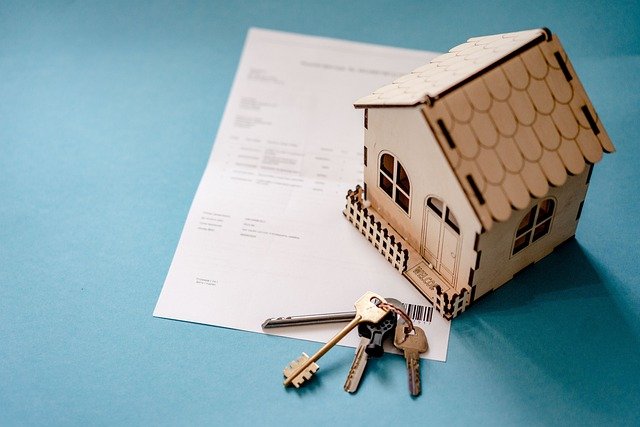The Future of Real Estate: New Opportunities in the Age of Tiny Homes
As the real estate market continues to evolve, a new trend is gaining traction, offering unique opportunities for both investors and homeowners. Welcome to the era of tiny homes. This movement challenges traditional real estate norms, presenting an affordable, sustainable living option that is rapidly growing in popularity.

A Brief History of the Tiny Home Movement
The concept of tiny living is not new. However, the modern tiny home movement took off in the aftermath of the 2008 financial crisis. As housing prices soared and economic uncertainty loomed, many individuals sought alternatives to traditional homeownership. In response, the tiny house movement emerged as a solution, advocating for a shift away from consumerism towards a simpler, less cluttered lifestyle.
The Current State of the Tiny Home Market
According to a 2020 study, the global tiny homes market is projected to reach $5.2 billion by 2025, reflecting a compound annual growth rate (CAGR) of 6.99%. This growth is attributed to several factors, including increasing housing costs, shifting lifestyle preferences, and a growing emphasis on sustainability.
Advantages of Investing in Tiny Homes
Investors are beginning to recognize the potential of the tiny home market. The lower cost of investment, coupled with the increasing demand for affordable housing, creates a promising opportunity for high returns. Additionally, tiny homes offer flexibility, as they can be used for rental income, vacation homes, or even as a solution to homelessness.
Challenges and Implications
However, investing in tiny homes is not without challenges. Zoning laws and building codes often present significant obstacles. Additionally, financing options for tiny homes are limited due to their non-traditional nature. As this market continues to evolve, it will be important for potential investors to stay informed and adapt to changing regulations and consumer preferences.
The Future of Tiny Homes
Despite these challenges, the future for tiny homes appears bright. With continued urbanization and a focus on sustainable living, demand for tiny homes is likely to increase. For savvy investors, this presents an opportunity to capitalize on a market that is still in its infancy but shows promising potential.
In conclusion, the tiny home movement represents an exciting shift in the real estate market. As these homes continue to rise in popularity, they offer unique opportunities for investors willing to navigate the challenges and capitalize on the trend. While the path to success in this market may not be traditional, the potential rewards make it an area worth exploring for any forward-thinking real estate professional.





